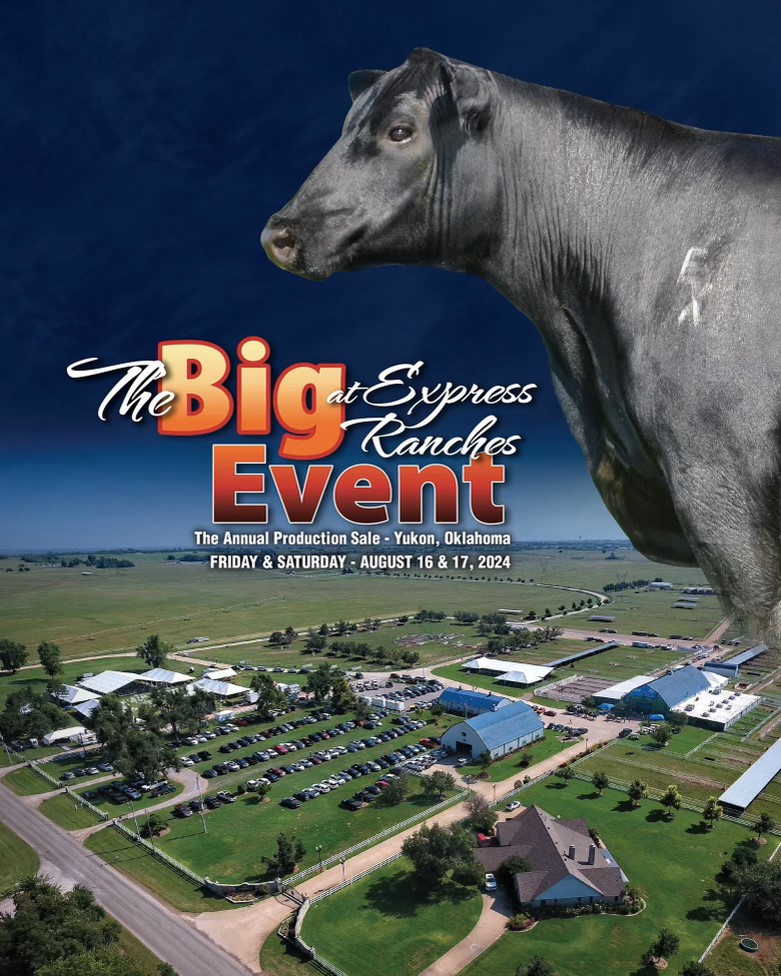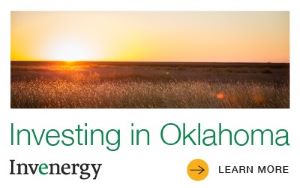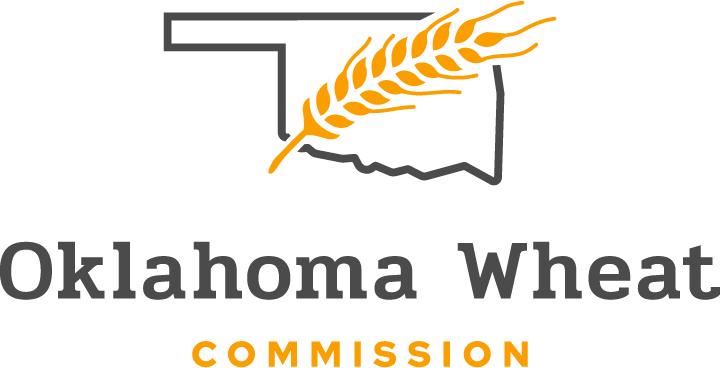
Agricultural News
OSU's Dr. Glenn Selk says to Observe Bulls During First of Fall Breeding Season
Tue, 08 Nov 2011 17:15:00 CST
The fall breeding season is about to begin. Herds that aim for a September 1 first calving date, will turn bulls with the cows in the latter part of November. According to Dr. Glenn Selk, Oklahoma State University Emeritus Extension Animal Scientist, bulls that have been recently added to the bull battery, and bulls that have not been used since last year, should pass a breeding soundness exam before the breeding season begins. Any newly purchased bull, that has been previously exposed to cows, should also have passed a test for the venereal disease "trichomoniasis". Reports from the Oklahoma state veterinarian indicate that 2.5% of bulls routinely tested have been found to be positive for this disease. Visit with your veterinarian soon about breeding soundness exams and "trich" tests to avoid reproductive problems next year and beyond.
A good manager keeps an eye on his bulls during the breeding season to make sure that they are getting the cows bred. Occasionally a bull that has passed a breeding soundness exam may have difficulty serving cows in heat, especially after heavy service.
While conducting a research trial several years ago, I was collecting data on the ability of a bull to breed synchronized cows. The bull (being observed) was mature and had been successfully used in the past. Also he had passed a breeding soundness exam. However, it was apparent immediately that he could no longer physically breed females in estrus. Replacing him immediately was the only solution. If we had not been present to observe the problem, an entire calf crop for that breeding pasture was in jeopardy.
Inability to complete normal service and low semen quality are more likely to be problems that affect breeding performance than failure to detect cows in heat. Nonetheless poor libido (sex drive) can occasionally be observed in beef bulls. Such problems can best be detected by observing bulls while they work. Therefore producers should (if at all possible) watch bulls breed cows during the first part of each breeding season. If problems are apparent, the bull can be replaced while salvaging the remainder of the breeding season and next year's calf crop. Likewise a small proportion of bulls can wear out from heavy service and lose interest. These, too, will need to be replaced. The greater the number of cows allotted to each bull in the breeding pasture the more critical it is that every bull be ready to work every day of the breeding season.
Injuries to bulls during the breeding season are relatively common. When a bull becomes lame or incapable of breeding, because of an injury to his reproductive tract, he needs to be removed from the breeding pasture and replaced with another bull.
Our thanks to Dr. Glenn Selk for providing this article over bulls and the fall breeding season. This article was part of the Cow-Calf Corner Newsletter sent out by Dr. Selk and Dr. Derrell Peel on most Mondays.
WebReadyTM Powered by WireReady® NSI
Top Agricultural News
More Headlines...




















